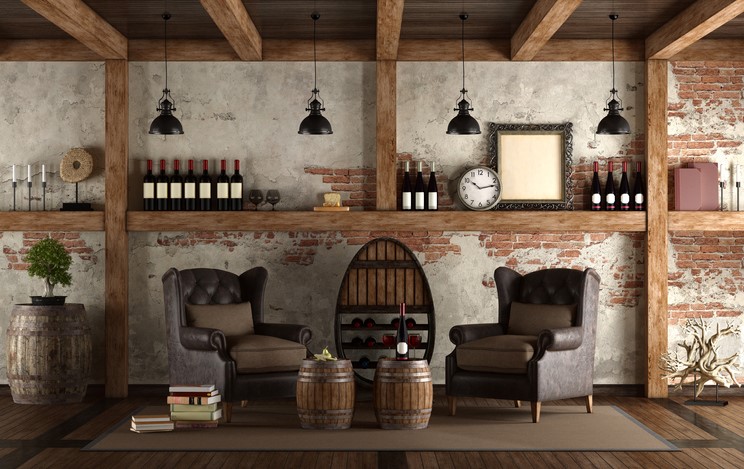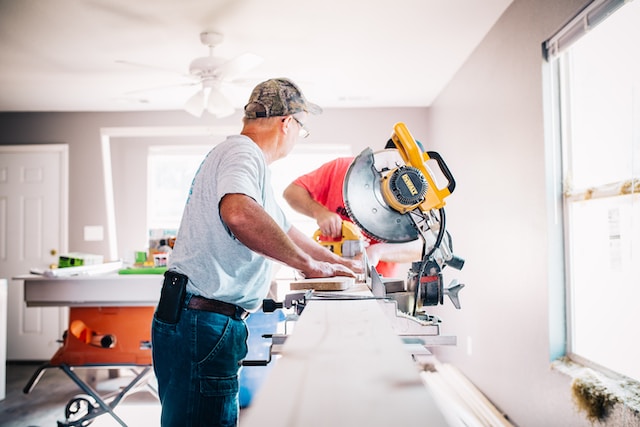February is a great month to improve your home and maintain your property. If snow and ice are part of your regional weather, continue to remove ice from your gutters and heavy snow from the roof. Keep your walkways clear and inspect the exterior for water damage. This is also a good time of year for pruning. Inside the home, winter is a good time to focus on organization, cleaning and spring planning for your yard.
Inside the home
- Host a party for the big game! Read our tips for a championship-level party
- Clean & disinfect humidifiers
- Toilet older than 1995? Upgrading to a WaterSense model can save water and money
- Book your pros and get your “honey-do” list done for Valentine’s Day
- Touch up indoor paint or hire a painter
Outside the home
- Prune summer-blooming shrubs & fruit trees
- Start seeds indoors or in a greenhouse
- Plan yard & patio projects for spring
- Check for snow & ice on walkways and roof
Holidays
02/02: Groundhog Day
02/14: Valentine’s Day
02/17: President’s Day
Project of the Month: TV Tips & Maintenance
Between Sunday’s big game, the NCAA Tournament, and several Hollywood award shows, late-winter and early-spring are prime seasons for TV viewing. Is your TV room ready for hosting your next party?
Delicate TV screens should be dusted with a dry microfiber cloth. Use this same cloth to dust off components as well. To remove fingerprints, use a pre-moistened electronic screen wipe. Clean your remote controls as well – simply spray an all-purpose cleaner onto a cloth and wipe all sides.
To determine the best TV size there are several different formulas and much depends on the number of pixels as well as the type of TV (LED or plasma). But if you’re looking for a quick, easy-to-follow method, here it is: measure your viewing distance from your sofa to the TV console in inches. Divide that number by 3 to get the minimum size TV, divide by 1.5 to get the maximum size. For example, if you have 8 feet viewing distance (or 96”), consider a 32” to 64” TV.
Use the movie theater as a guide when hanging your TV. When you’re at the movies, the best theaters situate their seating so that most of the viewers are looking at the middle of the screen, and even slightly down at the screen. Unless you actually enjoy getting a stiff neck, you’ll want to not place your TV too high at home either. Use your eye level (when seated) as a guide: measure the distance from the floor to the average eye height, this should be the approximate height of the middle of your TV screen.




